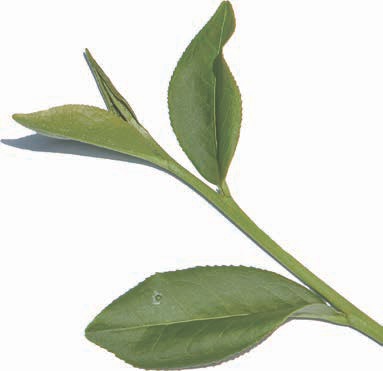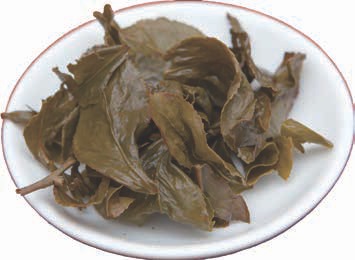
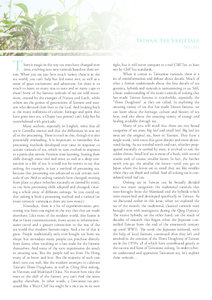 |
|

There is magic in the way tea trees have changed over time, evolving into new varietals based on their terroir. When you see just how much variety there is in the tea world, you can't help but feel some awe, as well as a sense of great excitement and adventure, for there is so much to learn, so many teas to taste and so many cups to share! Some of the famous varietals of tea are wild mutations, created by the energies of Nature and Earth, while others are the genius of generations of farmers and masters who devoted their lives to the Leaf. And looking back at the many millennia of culture, heritage and spirit that have gone into tea, a Chajin (tea person) can't help but be overwhelmed with gratitude.
Many authors, especially in English, write that all tea is Camellia sinensis and that the differences in teas are all in the processing. There is truth in this, though it is also potentially misleading. It is important to remember that processing methods developed over time in response to certain varietals of tea, which in turn evolved in response to a particular terroir. Farmers were learning, honing their skills through some trial and error, as well as a deep connection to a life of tea. It would not be correct to say that oolong, for example, is just a method of processing tea, because that processing was advanced to suit certain varietals of tea. And as oolong varietals have changed, moving from place to place (whether naturally or carried by men), so too have processing skills adapted and changed, creating a whole array of different oolongs. So you could say that oolong is both a processing method and a varietal (or more correctly varietals as there are now many).

Nowadays, there is a lot of experimentation, processing teas form one region in the way that they are made elsewhere. Like most of the modern world, this fusion is due to faster communication, more access to information, easier travel and a greater connection to the rest of the tea world that modern farmers enjoy. And a lot of that is great. People traditionally only ever bought tea from tea shops, but nowadays many people can purchase directly from farms, often resulting in a fare trade for the farmers themselves. And some of the new experiments do result in amazing teas, like the purple red tea from De Hong many of us know and love. But the majority of such teas don't turn out well, like the modern attempts to cultivate Taiwan's Three Daughters, as well as Ching Shin oolong, in Vietnam and Mainland China. No matter how nice the trees or the skill of the farmer, you can't find the same quality elsewhere. In other words, a Taiwanese tea processed like a Wuyi Cliff Tea might be a nice tea in its own right, but it will never compare to a real Cliff Tea, at least not by Cliff Tea standards.
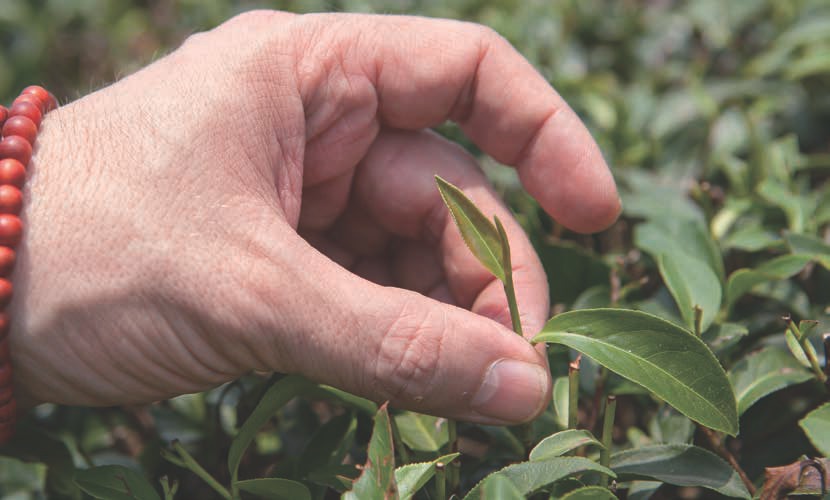
When it comes to Taiwanese varietals, there is a lot of misinformation and debate about details. Much of what a farmer understands about the fine details of tea genetics, hybrids and varietals is uninteresting to us. Still, a basic understanding of the main varietals of oolong that has made Taiwan famous is worthwhile, especially the "Three Daughters" as they are called. In exploring the amazing variety of tea that has made Taiwan famous, we can learn about the heritage, culture and history of tea here, and also about the amazing variety of energy and healing available through tea.
Many of you will recall that there are two broad categories of tea trees, big leaf and small leaf. Big leaf tea trees are the original tea, born in Yunnan. They have a single trunk, with roots that grow deeper and more downward-facing. As tea traveled north and east, whether propagated naturally or carried by man, it evolved to suit the colder climes. Small leaf tea is more of a bush, with several trunks and, of course, smaller leaves. In fact, the further north you go, the smaller the leaves - until you get to Japan where the leaves are so small they are like needles when they are dried and rolled. And all oolong tea is considered small leaf tea.
Oolong tea in Taiwan can be broadly divided into two main categories: the traditional varietals that were brought from the Mainland and the hybrids which were researched and developed specifically in Taiwan. As we discussed earlier in this issue, when we explored the tea of the month, the traditional, classical varietals were brought over with immigrants during the Qing Dynasty. The native hybrids, on the other hand, are the result of decades of research that began when the Japanese controlled Taiwan from the end of the nineteenth century up until WWII. The work the Japanese initiated, with the help of local farmers, continued after they left and resulted in the creation of the Three Daughters of Taiwan tea in the 1970's, all of which have contributed greatly to the success and fame of Taiwanese oolong. In order to better understand and appreciate Taiwanese tea, let's explore these varietals...
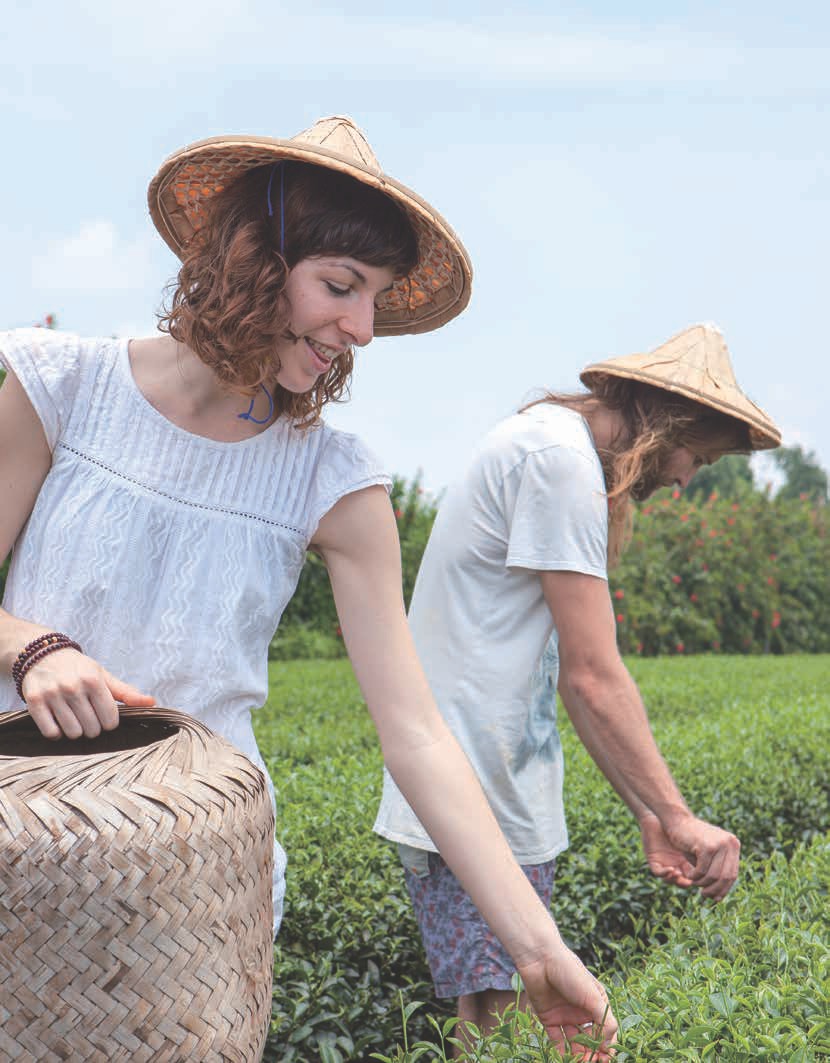
At the start of the Qing Dynasty, farmers transplanted several varietals to Taiwan, mostly bringing them from Wuyi. All the varietals that they brought were lesser-known and under-valued teas. The famous varietals, like the Four Famous Teas of Wuyi, were protected and weren't allowed to travel. Even within Wuyi, it isn't easy to get cuttings of first, or even second generation Da Hong Pao, for example. Several of these varietals were later abandoned, found to be unsuitable to Taiwan's unique terroir, while others still thrive here - in new and bright forms only found on this island.
In Beipu, where Eastern Beauty comes from, they have Huang Gan and Ching Shin Da Mu, the latter of which can also make a nice green tea. In Ping Lin, and to a lesser extent also Beipu, there is also the Wuyi Cha varietal (sometimes called "Da Ye", which means "big leaf ", though that's confusing because it isn't a big-leaf tea tree; it merely has larger leaves than other varietals in Taiwan). There is also the legendary Tie Guan Yin, brought from Anxi, Fujian and cultivated primarily in Taiwan's Mu Zha region. The most famous of the tea varietals that were brought here from the Mainland long ago, however, is Ching Shin oolong, which means "Gentle Heart".

Some say Gentle Heart Oolong is named after the tenderness of the fresh leaves, while others suggest that the name refers to the fact that this kind of tea tree is sensitive. Ching Shin doesn't do well at lower altitudes, since the trees can get sick easily, having delicate constitutions. Ching Shin is by volume the largest percentage of Taiwanese High Mountain Oolong, thriving at high altitudes where the air is fresh, clean and cool. Of the four tea varietals we are going to discuss in this article, Ching Shin is closer genetically to Four Seasons Spring (Si Ji Chun). It also produces the best, and highest quality of Taiwan high mountain oolong teas. With the right terroir and processing, a Ching Shin oolong can shine brightly, indeed.
In order to distinguish these four teas, you have to look at the leaves, their shape, and most especially the veins. All tea leaves have a central vein that travels from the stem to the tip, but it's the branching veins that help determine the varietal. Ching Shin and Si Ji Chun both have branching veins that join the central vein at angles from 30 to 60 degrees, while Jing Shuan and Tsui Yu display veins that come out at an 80 to 90-degree angle (almost straight). You can then separate the pairs by looking at the shape, because Tsui Yu and Ching Shin are longer and thinner shaped, while Jing Shuan and Si Ji Chun are rounder. We'll highlight these characteristics again as we discuss each varietal individually.


Ching Shin tea has a dark green hue when viewing the bushes in a row, though color is never a clear determiner - not without analyzing the leaves. The foliage is also not as dense or vibrant as Tsui Yu or Jing Shuan cultivars.

Ching Shin tea is often produced as lightly oxidized oolong nowadays. It has a refreshing flavor with a light liquor that tastes of flowers, green leafy vegetables or orchids. The light greenish-yellow to yellow liquor is clear and thin, with some bitter astringency at the front, and a lasting hui gan (a sensation of cool, mintiness on the breath) when it is processed properly. The Qi is light and uplifting, cooling and breezy.


Jing Shuan oolong is a hybrid that was established in the 1970's. Its Taiwanese number is TW #12, though farmers often refer to it as "2027" or just "27". These numbers refer to the process the Taiwan Oolong Tea Research and Development used to classify the teas as they were developing and testing them. As mentioned above, the leaves of Jing Shuan are more round while the branching veins come off the central vein at an almost right angle (80 to 90 degrees). From a distance the bushes have a yellowish-green hue, which may also help distinguish this cultivar. Jing Shuan tea is primarily grown on Mt. Zhu in central Taiwan. It doesn't thrive in the extreme cold of very high altitude gardens or plantations like Ching Shin, but isn't as susceptible to cold as Tsui Yu. When it is healthy, Jing Shuan has more vibrant foliage than other varietals.

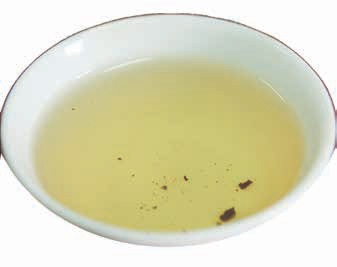
Jing Shuan is one of the easiest of the four teas to distinguish. The dry leaves have a golden, yellowish-green hue, as does the liquor. Jing Shuan is famous for its milky texture and fragrance - often referred to as "Milk Oolong". There is misinformation in the tea world that this name is due to using milk as fertilizer, but the name actually comes from the tea liquor itself: Jing Shuan is thick and creamy, and if the terroir is right, with more sun, and the processing done well, it has a definite milky aroma which is very pleasing. Its fame has resulted in fake "Milk Oolongs" produced in Mainland China that are sprayed with artificial milk flavors post production, giving them a strong and unnatural fragrance of milk. (Yuck!) Real Jing Shuan has only a subtle hint of a milky fragrance in the aftertaste. The thick, oily liquor coats the throat. It has a deep and lasting Qi that resonates inwards.
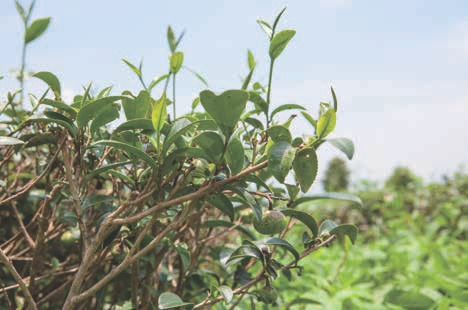

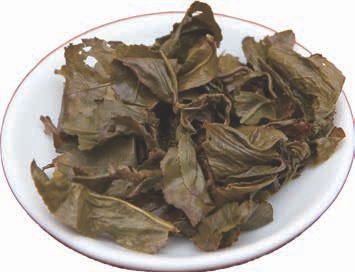

Tsui Yu oolong is also a hybrid which came to life in the 1970's, after decades of research. In the Taiwanese index it is TW #13, though farmers often refer to it as "2029" or just "29". Like Jing Shuan, the leaves of Tsui Yu have veins at 80 to 90-degree angles, though they are long and arrowhead-shaped. When you stand back from a field of Tsui Yu, the leaves have a bluish-green (kingfisher) tint to them and they are more vibrant, with lusher foliage than all the other four varietals we will discuss here. Tsui Yu dislikes cold weather, so it can't be grown at very high altitudes. It is predominantly grown on Mt. Zhu and in the lowlands around Ming Jian, where our tea of the month comes from.


As we discussed earlier in the magazine, Tsui Yu has a flavor of seaweed, lima beans and often fruit. It is more famous for an aroma of wildflowers and an aftertaste of fresh fruit. Some say it tastes of lotus or lilac, others say cassia or peach. Much of this depends on the terroir, the season and the skill of the producer. The Qi is Yin. It centers you in the heart.


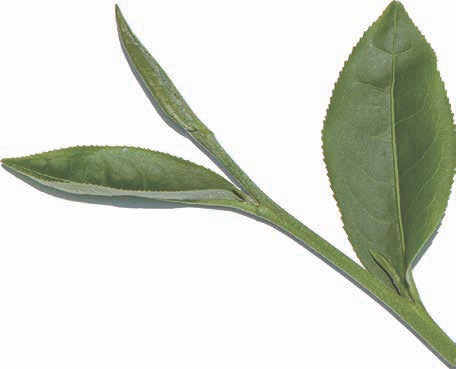
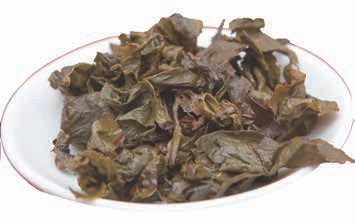

Though you could perhaps call Si Ji Chun a hybrid, it is a natural, wild varietal that arose in Mu Zha. Since it is a more natural varietal, it is heartier than the others. This is a testament to one of the principles we always promote in these pages when discussing what we call, "Living Tea", which is that the leaves produced by man will never compare to Nature's. It's possible to further distinguish manmade teas by calling them "cultivars". These trees yield buds at least four times a year, which is where its name comes from. "Si Ji Chun" might also be translated as "Four Seasons like Spring", referring to the fact that this bush can produce as much in other seasons as in spring. It is also thought to be the youngest of the Three Daughters, coming into commercial production in the 1980's. Si Ji Chun does not have a Taiwan classification number, since it evolved naturally. Of the four teas here, Si Ji Chun is more closely related to Ching Shin than it is to Jing Shuan or Tsui Yu. The leaves of Si Ji Chun are round in shape, with veins that shoot off at 30 to 60-degree angles. The leaves have a light green hue, with less foliage like Ching Shin. The buds of Si Ji Chun are often a gorgeous reddish hue when they emerge.
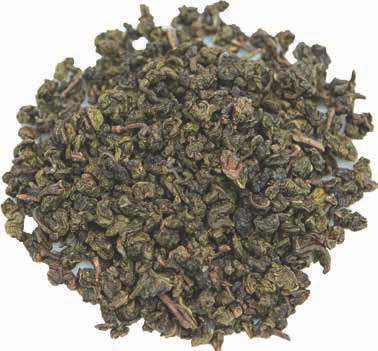
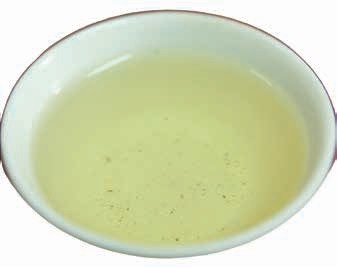
As many of you will remember from June of 2013, when we sent out this fabulous tea, Si Ji Chun has an exuberant, golden liquor that blossoms in a fresh, musky floweriness. It is tangy, with a slightly sour aftertaste, like the Tie Guan Yin varietal it evolved from. Many Taiwanese compare the aroma to gardenias. Of these four teas, it is the most distinguishable flavor. The Qi is cleansing, pushing outward from the center. It rises up in gusts, and leaves you feeling refreshed.


